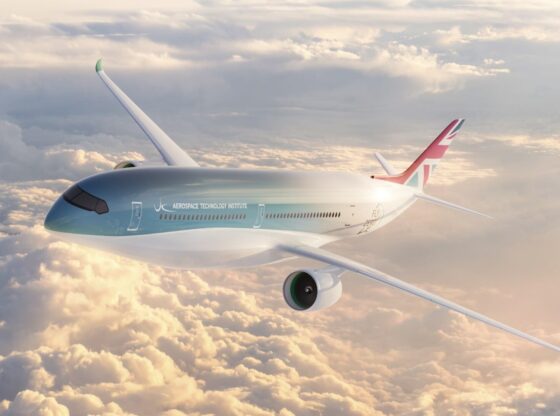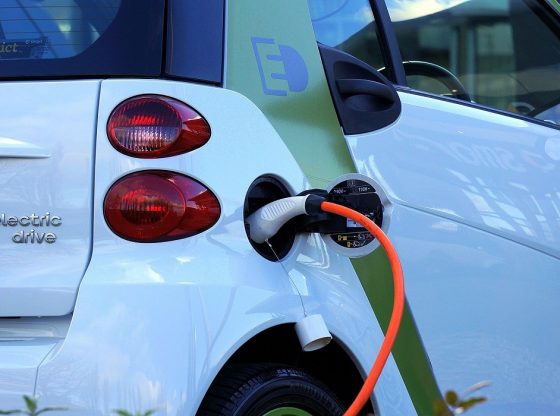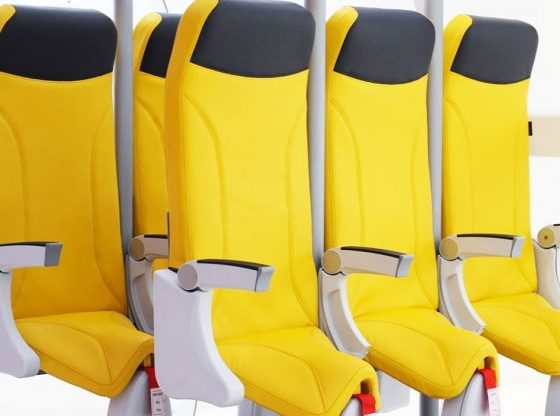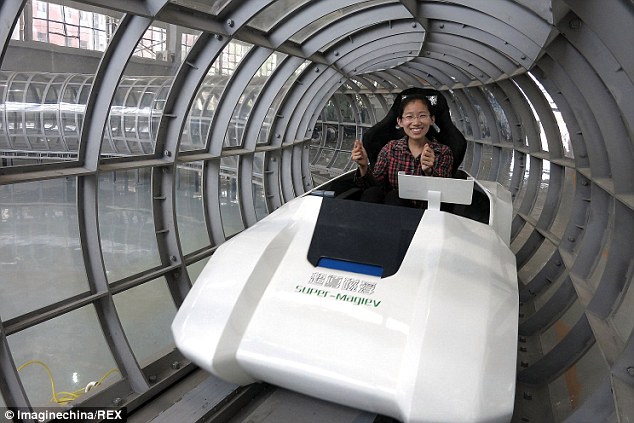
The Chinese Southwest Jiaotong University has taken the first steps towards making a future super-fast maglev train a reality – when they recently tested the propulsion of high-temperature superconductors.
The test was conducted on a much smaller scale, though, on a model at the University. This model train track is oval with a radius of only 6 meters (20 feet) and with a speed restricted to only 25 kilometers an hour.
The test was proven successful and the project has now entered the next phase, for which the model train will travel in a vacuum. This concept of using maglev trains in a vacuum is nothing new but does imply remarkable performance gains and great advantages to maximum speed.
A maglev train uses magnetic levitation to propel the train, and with magnets rather than wheels, axles, and bearings – this enables the train to reduce friction almost completely. Air resistance is, however, a real factor when approaching higher speeds.
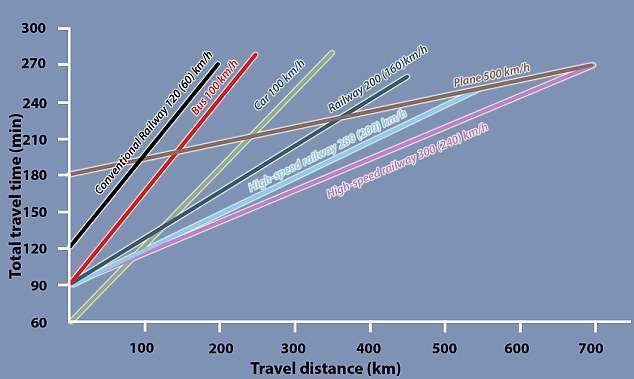
If you run the train through evacuated (air-less) or partly evacuated tubes or tunnels (vactrain (or vacuum tube train)) this permits this vactrain to run much more efficiently with less air resistance and less power usage.
It also enables the vactrain to move at extremely high speeds. The lack of air resistance actually permits trains to travel at speeds of up to 4,000–5,000 mph (6,400–8,000 km/h), or 5–6 times the speed of sound.
The world’s only commercial maglev train is presently operational in Shanghai, China. On a 30 kilometer long path to the city’s international airport. This train is able to reach a maximum speed of 430 km/h (267 mph).
Deng Ziagang at Jiaotong University explains that “at speeds over 400 km/h, more than 83 percent of the propulsion energy is used to overcome air resistance”.
The obvious solution, therefore, would be to reduce air resistance around the train, hence a vacuum tunnel. Allowing the train to travel much faster at increased energy efficiency.
The university has built a tunnel around the test track, for which they have managed to lower the air pressure to one-tenth of the atmospheric pressure at sea level.
This test track, called ET HTS Maglev (Evacuation Tube High-Temperature Superconducting) has accelerated a train to 50 km/h (31 mph). Eventually, Zigang hopes to reach speeds of 3,000 km/h (ca 1900 mph).
_______________
Southwest Jiaotong University in Chengdu
______________________________

